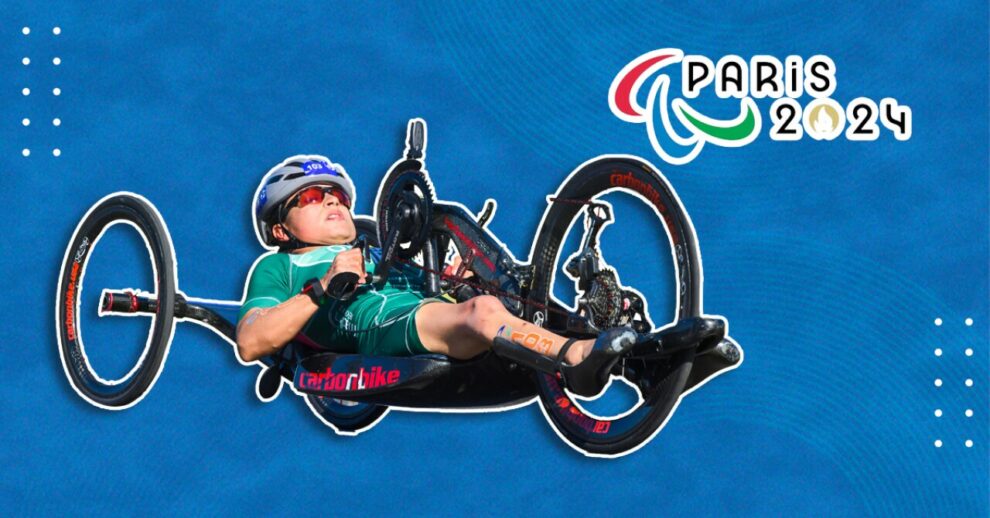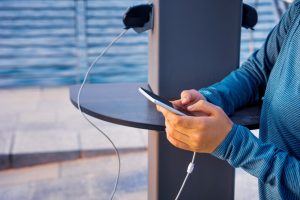Science and technology are not only behind the materials, says the athlete, but also in the processes of creating the bicycles, because for a parathlete to obtain maximum performance, the teams carry out different biomechanical tests to enhance the results.
“In biomechanics, software is used to detect if you raise your elbow higher, or where you can push more, where there is greater traction,” explains Osnaya about the combination between sport and technology. However, she recognizes that Mexico is lagging behind in these disciplines due to the high costs of the devices.
To support Brenda, Uber announced a sponsorship of $25,000, in order to finance her new handcycle, made of carbon fiber, which, it states, costs around 450,000 pesos.
Technology in preparation
Although technology makes a difference in the devices that athletes use during competitions, Osnaya highlights that it is also used to improve different aspects of preparation, specifically through real race simulation systems and smart watches.
The handcycle, he explains, can be programmed to make it more resistant to the athlete’s movements. This represents a simulation of specific situations during the competition, such as moments of the race where greater cadence or power is required due to greater height of the terrain.
Likewise, she and her team use smartwatches to monitor other important aspects of physical preparation, such as the levels and quality of sleep or the calories consumed daily, among other elements.
William Quinn, a futurist and digital twin specialist at Tata Consultancy Services (TCS), explained to Expansión that the technology has applications depending on the sport and even the area of the body from which better performance is sought. For example, it is possible to know the variation in glucose levels and how it translates into sports activity.
To cite one example, Boston Marathon winner and two-time Olympic marathoner Des Linden worked with TCS to develop a digital twin of her heart, designed to optimize her athletic performance and improve personalized healthcare. This technology was vital to making a real-time virtual replica of your heart and delivering accurate data on its function, efficiency, and response to various conditions.
In the case of Osnaya, technological resources have one objective: for Paris 2024 to be the ideal setting to break the mark she established in Tokyo 2020, because although she wants to win Olympic gold, the first rival to beat is herself.














![[Img #74675]](https://thelatestnews.world/wp-content/uploads/2024/12/They-discover-a-new-class-of-X-ray-sources-in-the-300x200.jpg)
Add Comment